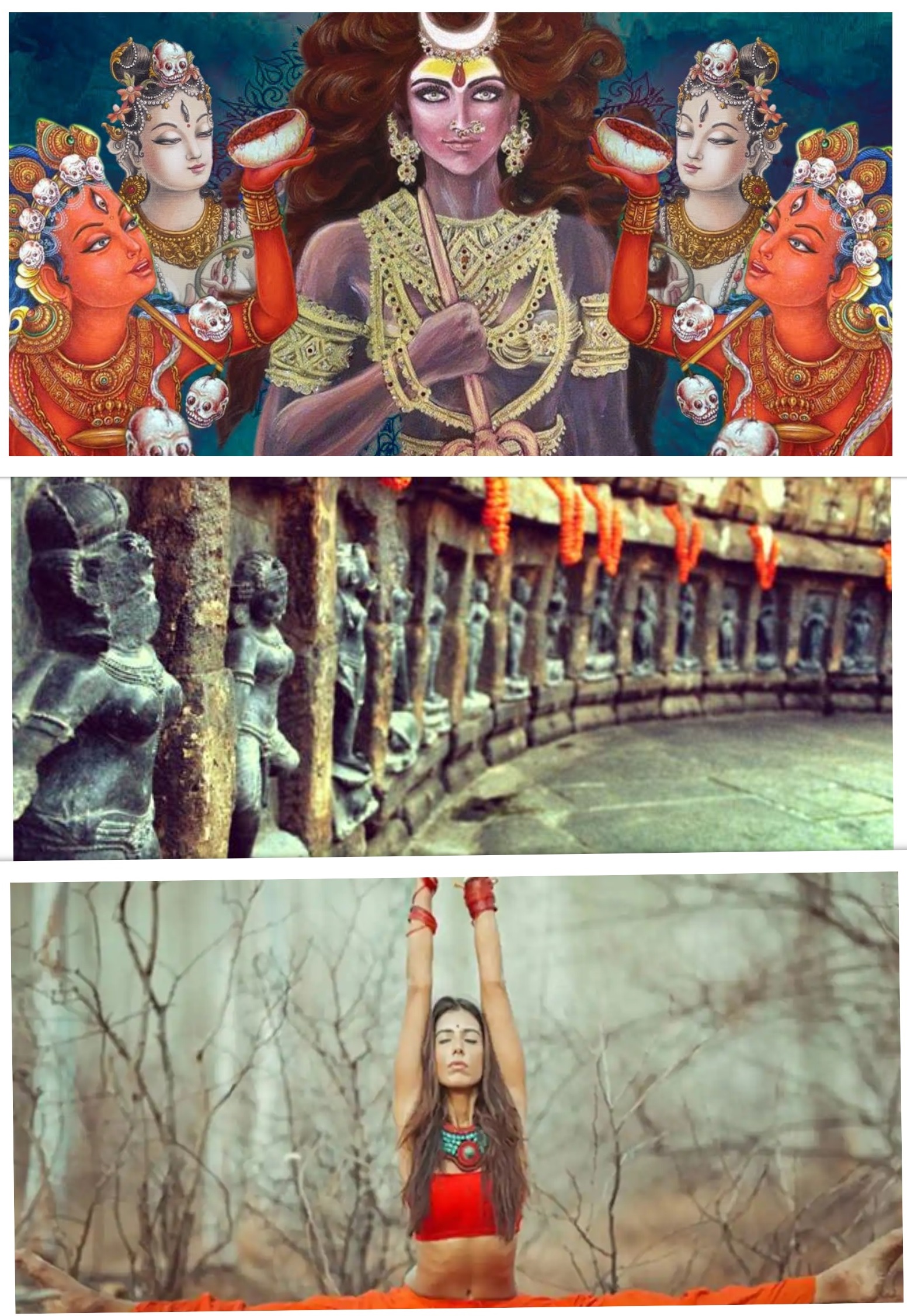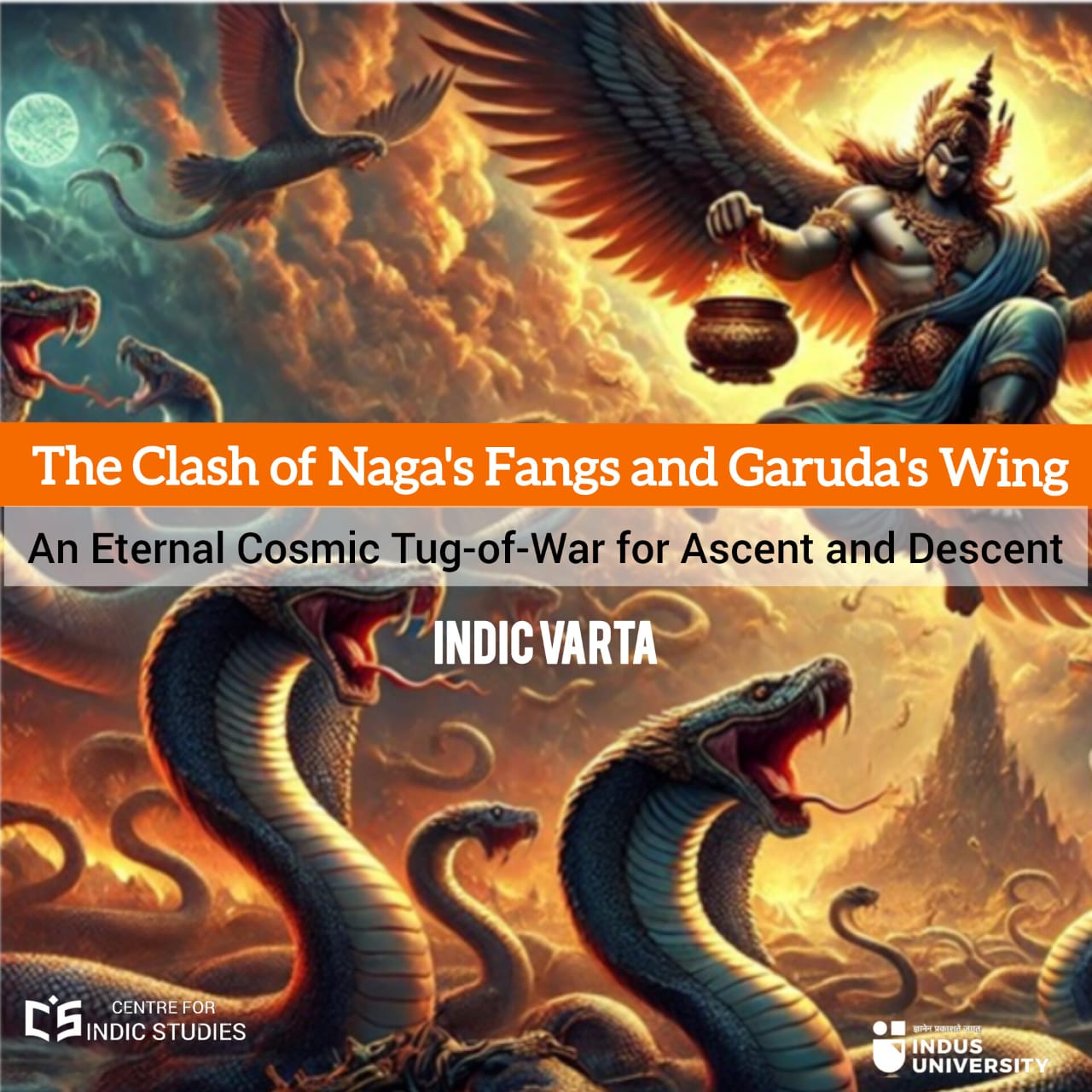- Visitor:184
- Published on:
The sixty-four yogini temple of Hirapur
Some of the images of yoginis are extensively used in the present Odissi dance to depict different avatars of Durga. Here one of the yogini images looked like lord Ganesha it looked like ‘ Lady Ganesha’… The cult of Chausath Yoginis was one of the most esoteric cults in medieval India which vanished as suddenly as it emerged in the Indic religious landscape, leaving very little trace of its existence.

Maternal imagery features prominently in the identities of South Asian goddesses. Though any number of goddesses may hence be addressed as “mother” (mātr, mātā, mā, ammaṉ, etc.). Much like yakṣas and yakṣīs / yakṣiṇīs, divinities intimately connected with the natural world, mātrs were popular deities in ancient India whose identities and worship was not initially circumscribed by a single religious tradition, whether Buddhism or the emergent theistic sects of the early common era. However, by the fifth century there had coalesced a heptad of Mother goddesses with Brahmanical identities known as the “Seven Mothers” (saptamātr, saptamātrkā), though an eighth goddess often joins them. In this form, mātrs became the focus of a pan-Indian temple cult linked closely to Śiva which attracted considerable elite patronage. Shrines of the Seven Mothers feature in some of the most magnificent temple complexes of the fifth to eighth centuries, such as those of Ellora, Aihole, and Elephanta.
The emergence of the yoginī (“female yogi”) or yogeśvarī (“female master of yoga”) in Śaivism around the seventh-century reconfiguration of the Mother-goddess typology which, within Tantric Śaivism, increasingly supplants it. The architectural and sculptural evidence for early mātrs and the Seven Mothers has been the subject of several significant studies and few have produced a fine survey of the extant yoginī temples and statuary. My recent visit to the 64 yoginis temple of Odisha was very enriching. The Chausath Yogini Temple (64-Yogini Temple) of Hirapur, also called Mahamaya Temple, is 20 km outside Bhubaneswar, the capital of Odisha state of Eastern India. It is devoted to the worship of the yoginis, auspicious goddess-like figures.
The architecture of this temple is unique as its circular in shape and has no ceiling, this kind of architecture is known as hypaethral. As this temple is the site of tantric prayer hence it involves the five elements of nature – fire, water, earth, air and ether. The temple gives an impression of a mandala because of its concentric circular shape where the 64 yoginis surround the inner sanctum and the centre. The protruding entrance passage and then the circular plan has the form of a yoni.
The sculptures of the yoginis are made with dark black chlorite rock which is different from the sandstone used to build the temple. All the yogini images were broken by the foreign Muslim invaders inside the temple as told by the local priest. This site was the symbol of supernatural, paranormal or magical powers which was unattended for 800 years until the State Museum discovered it in the 1950s. Devi Mahamaya is mainly worshipped in that temple. This temple consists of 64 figurines of devi in different avatars showing rage, sadness, pleasure, joy, desire and happiness with the different animal-vehicle – vahana. It also refers to the 64 kalas of the performing arts which can be noticed in each image in their hairdo, different pose and jewellery.
The temple though of a much lesser height than the monumental temples of Bhubaneswar has a pabhaga and jangha. The pabhaga is devoid of any decoration. The outer wall of the jangha consists of nine unadorned niches containing the nine ferocious female guardians called katyayanis. The lowly built entrance to the temple is guarded by two dvarapalas. The next circle is formed by the nine katyayanis and two dvarapalas. It is the only yogini temple which has sculptures on its outer wall. There are nine feminine images, identified as the ferocious katyayanis surrounding the exterior walls along with two male guards flanking the passage; these dvarpalas have been identified as bhairavas (Donaldson 1985: 1053). Inside the temple is a central shrine with eight niches, out of which four are occupied by yoginis Ajita, Suryaputri, and Vayuvina (one empty niche dedicated to the now lost image of Yogini Sarvamangala); the other four niches are occupied by the four bhairavas. In one of them, there is a rectangular central shrine housing Ekapadabhairava (also known as Jhamkarabhairava). All the yogini images are finely carved and are standing in varied poses. Yoginis are beautiful women with rounded breasts, slender waists and broad hips wearing a diaphanous skirt held in position by a jewelled girdle placed low on the hips. They are ornamented with necklaces and garlands, with armlets, bangles, anklets, earrings and elaborate coiffures. Some of the images of yoginis are extensively used in the present Odissi dance to depict different avatars of Durga.

Here one of the yogini images looked like lord Ganesha it looked like ‘ Lady Ganesha’. The priest shared with us the narratives attached. It seems once upon a time, demon king Raktabija got a boon from Brahma. The blessing was this — should anyone spill the demon’s blood, from every drop shed a thousand of his progeny would spring forth. The boon made Raktabija near invincible. However, when Durga, the female force, clashed with him, she unleashed on him her legions of yoginis — who drank the demon’s blood before a drop could touch the ground. Similarly, each image got significance in this temple. Two such images that I noticed were unique was the three-faced image named Brahmani.

Yoginis are a class of propitiatory goddesses that are associated with various forms of apotropaic Śakta-tantric practices. Their appearance in the Indian religious landscape was marked by the construction of open-air shrines, roughly dating from the 8th century till the 13th century, before they completely vanished. As a result, the yoginis have remained enigmatic and often prone to misguided interpretations, that largely surround tantra in general. Out of the twelve extant yogini temples, the Chausathi Yogini temple of Hirapur in Odisha is considered one of the earliest of such shrines dedicated to the worship of yoginis.
The cult of Chausath Yoginis was one of the most esoteric cults in medieval India which vanished as suddenly as it emerged in the Indic religious landscape, leaving very little trace of its existence. A study of its architecture and cosmographic arrangement may lead the way to uncovering its several layers of symbolism.
References
Donaldson, Thomas E. 1985. Hindu Temple Art of Orissa 3 vols. Leiden: Brill.
Hatley, Shaman 2012From Mātr to Yoginī Continuity and Transformation in the South Asian Cults of the Mother Goddesses, ed. by István Keul (Walter de Gruyter) In Transformations and Transfer of Tantra in Asia and Beyond
Nambiar, Aparna. 2018 Yoginis and Bhairavas, Available at https://www.sahapedia.org/yoginis-and-bhairavas
Center for Indic Studies is now on Telegram. For regular updates on Indic Varta, Indic Talks and Indic Courses at CIS, please subscribe to our telegram channel !
- 92 min read
- 0
- 0










